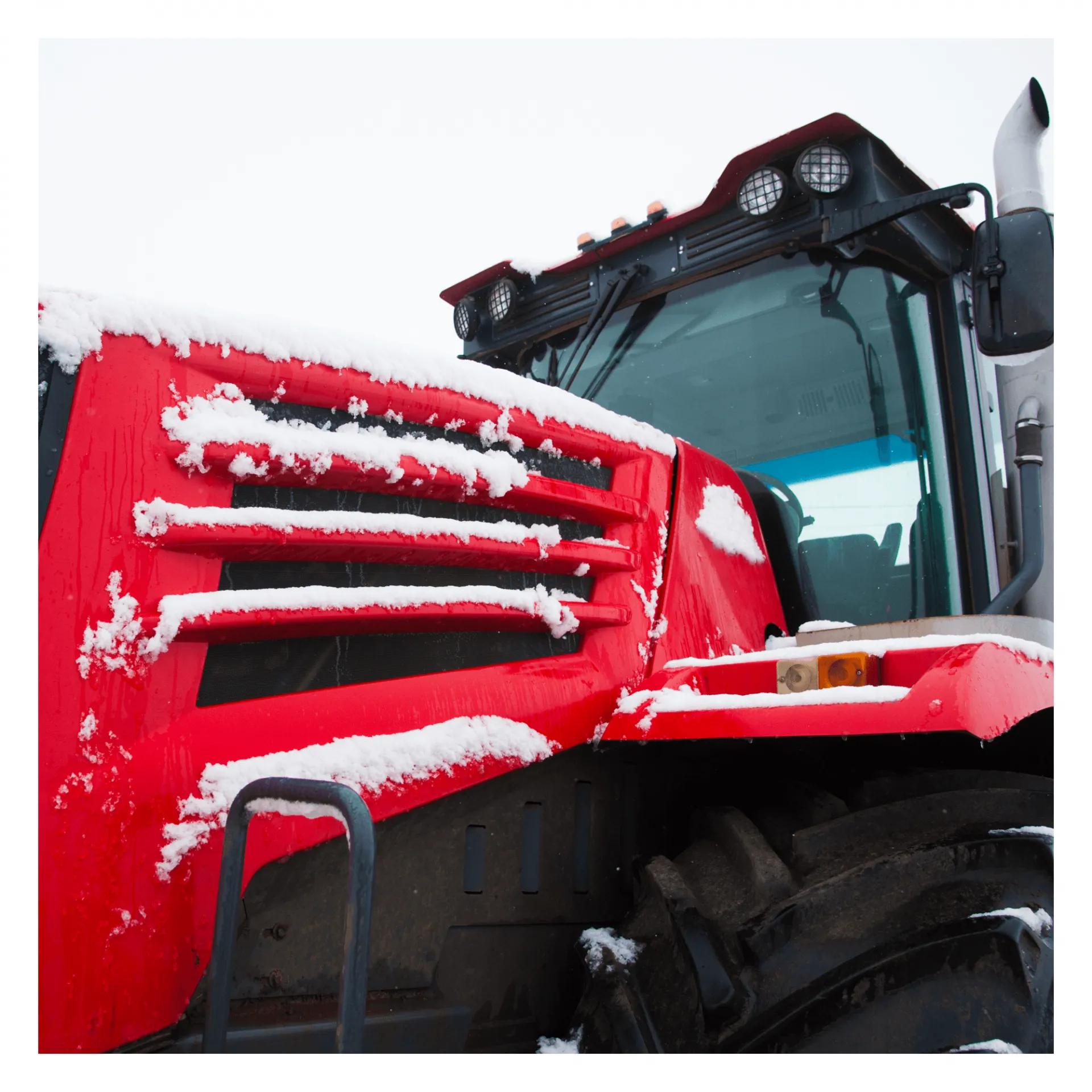Winterizing Applicators
Follow these steps to prepare applicators for storage during cold (below freezing) temperatures:
- Completely drain the tank
- Rinse with clean water
- Sanitize
- Use a strong solution like 2 ounces of bleach per gallon.
- Allow for at least 2-4 hours or overnight (but no longer) to achieve adequate contact time.
- Double rinse the system with clean water.
- Run RV water system anti-freeze through hoses and pump
- DO NOT USE auto anti-freeze, fuel, or any petroleum-based products
Winterizing other Harvest Equipment – Chopper, wagons, pack tractors, etc.
- Clean and wash all equipment
- The machines should be cleaned because dirt is often a source for undesirable rust.
- Store in a barn or shed
- If inside storage is not possible then the equipment should be covered
- Be careful with computer parts
- Protect from rodents and pests
- Control the population of rodents to prevent damage to machinery
- Engine/mechanical maintenance
- Refill all fluids
- Even if the machines do not move in winter, the fluids should be full. Because that prevents possible damage such as rust and corrosion from condensation.
- Lubricate
- When the machine is clean and dry, you should then grease the ball bearings and chains.
- Inspect for any repairs
- Disconnect and/or remove batteries if equipment will not be used all winter and store frost-free.
Get the machines ready for next season
With a comprehensive device check before storing the machines, it will be assured, that the machines are properly cleaned and permanently preserved. In addition, all functions are checked and any errors are detected. Last but not least it shows if there will be a need for action or repairs by a specialist.
In winter, there will be some time left to get the equipment back in top condition and to use it successfully in the upcoming season. This is the reason why winterizing your equipment is so important.




